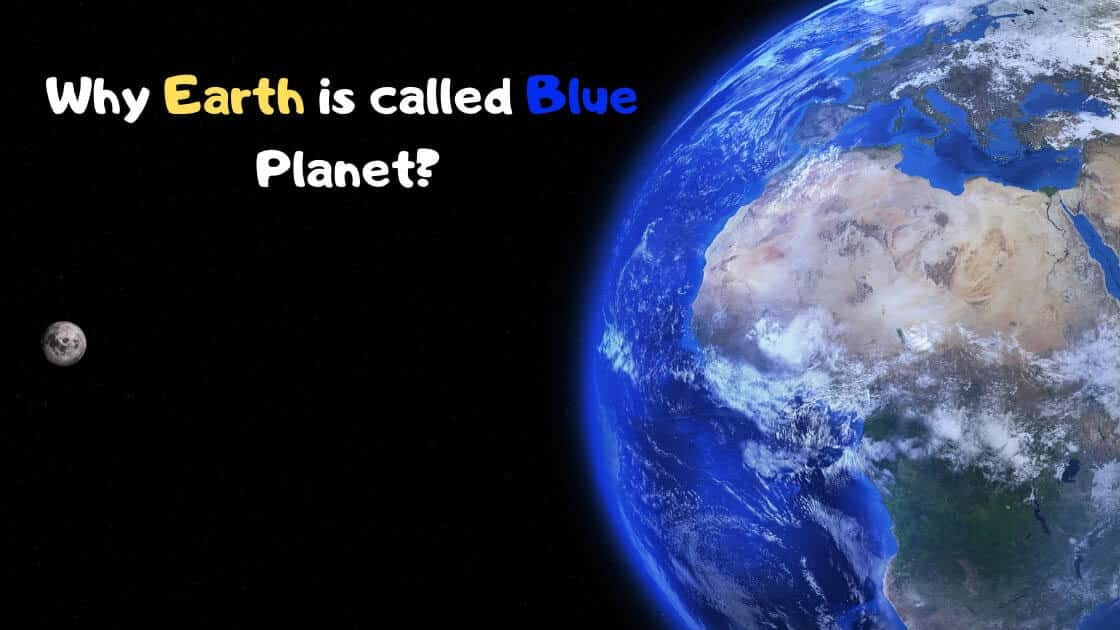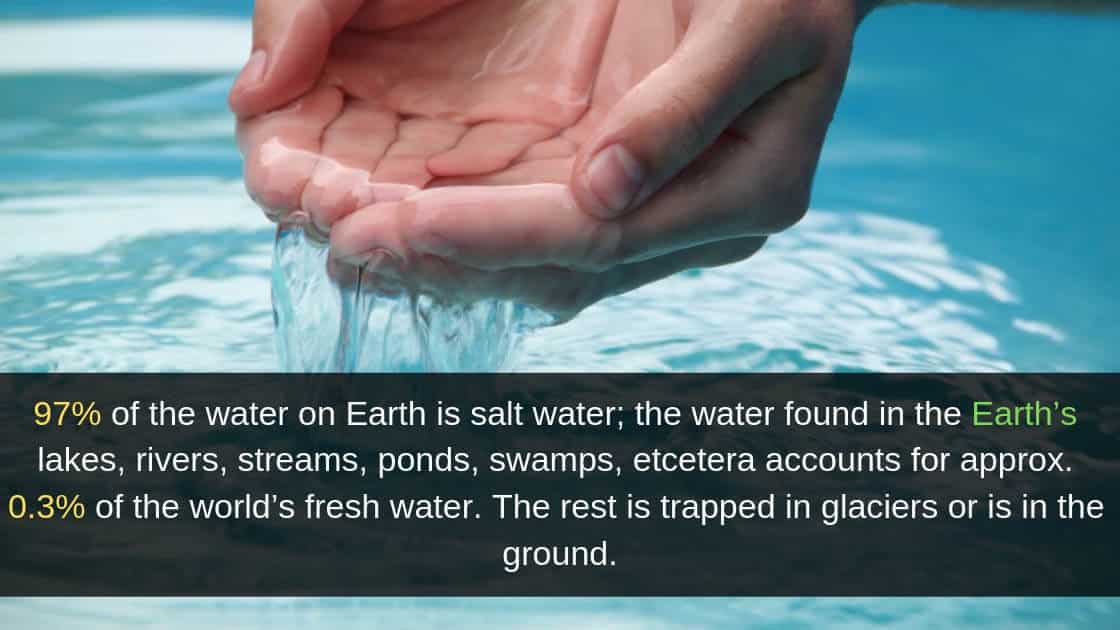Wondering why the Earth Is called a blue planet?
Our solar system has eight planets and Earth is one of the planets among these. All these planets revolve around the Sun in their own orbits. Each planet looks different when you see the satellite views of it. The planets not only are different from each other in terms of composition and size but they look different from each other in terms of colors as well.
For example, Mars looks red, Saturn has a yellow appearance, and Earth looks like a blue marble. The Moon (celestial body) looks ashy grey and the Sun which is a star looks brilliant white. Mother Earth is called a blue planet due to its blue color appearance from the outer surface but that’s not it, we will go through in detail why Earth is called a blue planet.

Table of Contents
Why Is the Earth called Blue Planet?
Most of us are curious to know why the Earth is called a blue planet. A general statement about the blue appearance of Earth from the outer surface is that “The Earth has almost 70% water on its surface due to which it looks blue in color”.
Well, if you look at the images of Earth, most of its part looks blue, which are the oceans present on Earth’s surface, whereas some other part looks brown or green which is actually the continents, and the poles of Earth looks like white caps due to ice.
However, the blue color of the planet may vary depending on the depth of the oceans. For example, If you take a look at a closer picture of Earth’s surface, it looks like a light blue color in the area around the continents, whereas the deep areas of oceans look deep blue in color.
Did you know the ocean itself is blue, not because it reflects the sky? As it has its own reasons for appearing blue.
The sky appears blue because our atmosphere disperses blue light (which is of a shorter wavelength) quite efficiently as compared to red or orange light (which is of a longer wavelength). This is why the sky appears blue in the daytime as blue light with shorter wavelengths gets scattered in all directions.
The oceans also look blue in color during the daytime for the similar reason. The ocean contains water in huge amounts and the water molecules present in the ocean also absorb and scatter a certain wavelength of light. Water molecules also find it easy to absorb blue light as it has shorter wavelengths, hence the ocean appears blue.
In fact, if you click a picture inside water, it will appear mostly bluish in color. For this reason, the oceans and seas appear blue. Hence, the Earth is called a blue planet because almost 3/4th of Earth’s surface is covered with oceans and seas.
Also Read: How Much Water Is There On Earth?
Why Earth Looks Blue From Space?
Well, a common factor we have already discussed above is that the Earth looks blue from outer space due to oceans. This is not the only factor that affects the color of the Earth’s surface but there are some other factors also that make the Earth appear like a blue dot.
From outer space, the Earth looks like a blue ball. These are the factors that play an important role in the blue color of Earth:

Water Content on Earth’s Surface
The Earth has extremely hot red heat under its crust and the top outer surface is covered with water. The Earth’s surface has many oceans and seas starting from the Arctic Ocean to the Southern Ocean.
These oceans and seas cover almost 70% of Earth’s surface and the remaining 30% is covered with land. It means that almost 70% of Earth’s surface appears blue from outer space & the leftover 30% looks greenish-brownish. This is the reason why Earth looks blue from outer space.
The Color of the Water Content
As of now, we have known that the Earth appears blue from outer space but now we will discuss why water is blue in color. Water has the property of absorbing most of the colors of the light spectrum present in the Earth’s atmosphere. But it is best at scattering blue light.
The oceanic water on Earth’s surface radiates blue in the spectrum that giving it the blue color. If the oceans have been radiating any other color (for example red) then the Earth’s surface would look like that color like red. This is why the continents do not look blue for the same reason, they look brown or green.
Scattering In the Atmosphere
The composition of Earth’s atmosphere mainly contains two gases: nitrogen and oxygen. The molecules of these two gases present in the atmosphere absorb, disperse, and radiate various lights. The lights with longer wavelengths such as red, yellow, orange, etc. do not get affected much by the atmospheric gases and does not get absorbed as well.
On the other hand, the blue light (with a shorter wavelength) gets absorbed and scattered by the atmospheric gases which create the blue sky we see daily. This blue light cannot be seen from outer space but plays an important role in the blue appearance of the Earth’s surface. Similarly, during the night the atmospheric gases cannot connect with sunlight, hence the sky looks black.
Plate Tectonics and The Greenhouse Effect
The presence of water on Earth’s surface has kept it blue for over 4 billion years. Several factors like the water cycle, Earth’s movement (plate tectonics), gases (greenhouse effect), and sunlight work together to keep the water from freezing or evaporating. As a result of this effort, the Earth looks blue from space.
Few Other Contradictions
If you look at the Earth’s surface from outer space it will look blue primarily due to oceans and the presence of sunlight. On the other hand, if you are orbiting the Earth, it will appear black in some parts where it is experiencing night. The reason for appearing the Earth black is the absence of sunlight during the night, whereas during the night the stars look much brighter and the lands look dark blue due to artificial sources of lights.
“The blue color of our planet comes from water, which makes it even more important to know how to save water.”
Conclusion
As we discussed above Earth looks blue from space. Water covers 71 percent of Earth’s surface, and water looks blue when sunlight shines on it. But, It’s also because our atmosphere scatters light. As a result, the ocean and sky both make Earth look blue. Also, the water cycle, greenhouse effect, and plate tectonics plays their part in it. That’s why we call our earth the “Blue Planet.”